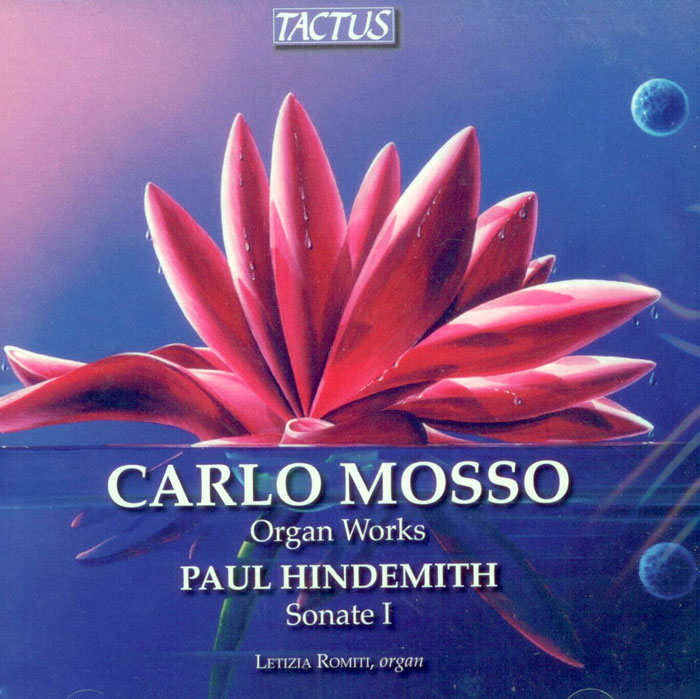Logowanie
Mikołaj - ten to ma gest!
Elton John, The Mamas & The Papas, Cat Stevens, Rod Stewart, Bobbie Gentry, Stevie Wonder, Engelbert Humperdinck
Memory Lane
Edycja Numerowana - 1000 egzemplarzy w skali światowej
RACHMANINOV, Eiji Oue, Minnesota Orchestra
Symphonic Dances / Vocalise
Best Recordings of 2001!!! NAJCZĘŚCIEJ KUPOWANA PŁYTA Z RR!
Karnawał czas zacząć!
Music of Love - Hi-Fi Latin Rhythms
Samba : Music of Celebration
AUDIOPHILE 24BIT RECORDING AND MASTERING
CHOPIN, LISZT, DEBUSSY, DVORAK, Gerhard Oppitz
Dances romantiques - A fantastic Notturno
Wzorcowa jakość audiofilska z Clearaudio
Winylowy niezbędnik
ClearAudio
Double Matrix Professional - Sonic
najbardziej inteligentna i skuteczna pralka do płyt winylowych wszelkiego typu - całkowicie automatyczna
MOSSO, HINDEMITH, Letizia Romiti
Organ Works - Sonate I
The organ works in this world premier recording are very representative of the multifaceted talent of the composer Carlo Mosso, a musician from Piemonte who may not be well-known but who is important for his authentic and consistent creativity. In this recording, since the large new organ at the Academy of Music in Alessandria was available, it seemed philologically right and especially sentimentally justified, to play the organ in place of the harmonium. Paul Hindemith composed three sonatas for organ, very different in style and emotional significance between 1937 and 1940. This first sonata "Sonate I", very dramatic, is based on great sound contrasts, at times rather taken to the extreme, always suspended between the violent and the lyrical and it was probably inspired by the horrors of the great conflicts and the tragedies that were already beginning to mark the twentieth century. Unlike the other two Sonatas, the first seems very near to the aesthetics dictated by the expressionism that Hindemith soon denied, to embrace the more reassuring neoclassical forms that fill, for example, the second Sonata. Although it does not bear any relationship from the structural standpoint, this first sonata seems the closest to the expressive characteristics of Mosso’s compositions, particularly the suite where the composer best uses the art of contrast that he admired so much in the great composers of the Baroque period, particularly in Frescobaldi, whose work for keyboard instruments he knew in depth.





























